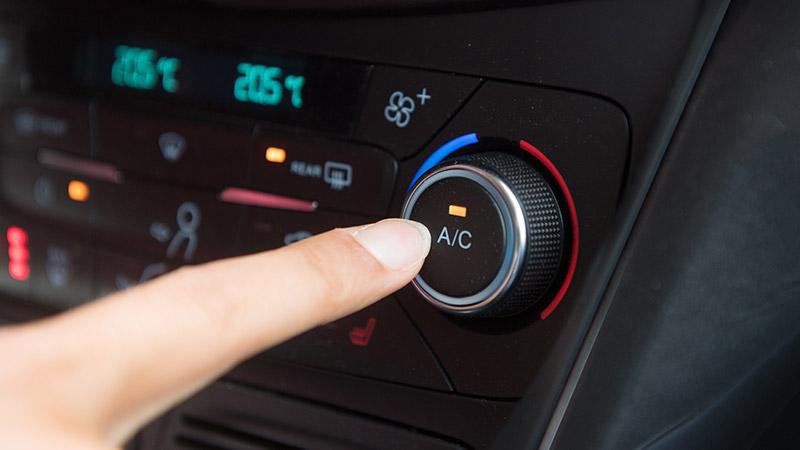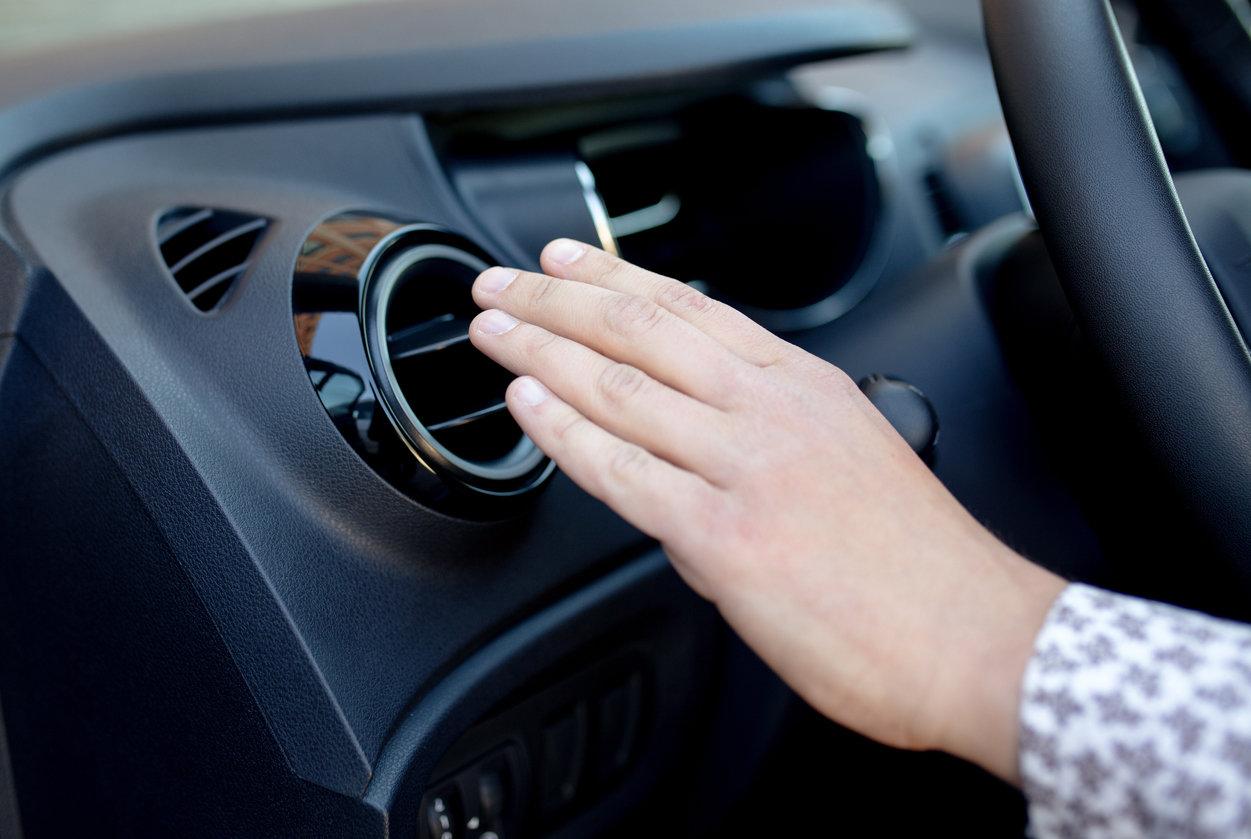The working mechanism of all air conditioning systems is almost similar, whether it’s in your car or a bigger one in your home. Their function is to cool down a closed environment by controlling the temperature of that place. Have you ever been curious about how car AC works? You will be surprised to know that this system does not produce cold air. Then, how does it decrease the temperature? Let’s find out these answers regarding the auto AC systems.
Contents
How Car AC Works? An Explanatory Guide
To understand how this system works, you should know about the parts of a car AC system and their functions. There are three main components—compressor, condenser, and evaporator. They work with a couple of other parts to make sure that the system runs with no hiccups.

An AC system removes humidity and heat from a closed environment, leaving behind cooler air. Refrigerant or coolant is the main ingredient that the air conditioning system uses to control the temperature down. Freon (or known as R-12 or CFC-12) is a refrigerant that has been used for decades, is now banned in the United States because of its detrimental effect on the ozone layer. All automobiles produced after 1996 are now required to use an alternative called R-134a or HFC-134a. if your car is older, you will need to upgrade the system so it can use the new refrigerant.
Here’s a step-by-step guide regarding how car AC components work together to make the system produce cold air.
Compress in the compressor ‒ Step 1
The whole cooling down process starts with the compressor. It transforms the gaseous coolant into a liquid state by putting it under extreme pressure.
SEE MORE
- The Process to Replace an Air Conditioner Compressor
- What are the Differences between Climate Control and Air Conditioning
Coolant and air mixing in the condenser ‒ Step 2
The compressed coolant travels a series of tubes in the condenser. During this step, the refrigerant gets mixed with fresh air coming from the outside. As the coolant’s temperature is higher than that of the fresh air, heat will transfer from the liquid to the air at this stage.
Losing pressure in the accumulator ‒ Step 3
After getting cooled down a bit, the coolant moves into the accumulator or receiver drier. The liquid may still have some moisture, but a desiccant (a drying agent) present in the accumulator will absorb it. As a result, the liquid turns cooler than it was when entering the accumulator. It then moves to the orifice tube or expansion valve, which takes off some liquid pressure. With less pressure, it becomes easier for the coolant to move to the evaporator.
Producing cold air in the evaporator ‒ Step 4
This part of how car AC works explains the process of cold air getting into the cabin. When the coolant is in the evaporator, air from the cabin comes to its contact. As the air temperature is higher than the coolant, heat transfers from the air to the liquid, turning the air cold. The fan(s) then blows this cold air through the air conditioning vents, which cools down the cabin temperature.

Coolant ready for a new cycle ‒ Step 5
When heat from the cabin air transfers to the coolant, the latter becomes hotter and returns to its gaseous state again. It travels back to the compressor, ready to start a new cycle.



